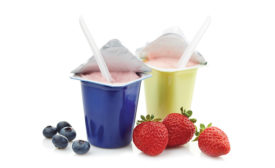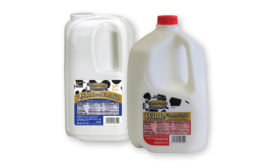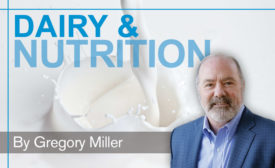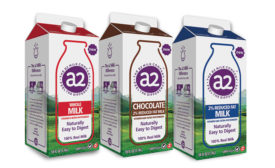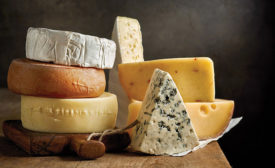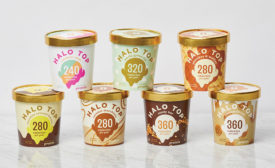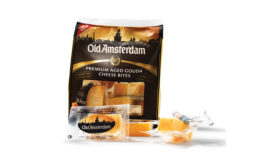Dairy Foods & Beverages
Tea and coffee surf energy’s next big wave
Natural sources of caffeine, the beverages also are rich in antioxidants.
March 9, 2018
The 2018 International Cheese Technology Expo gets bigger
The event promises more diversity, depth of programming than ever.
March 8, 2018
a2 Milk expands distribution
The a2 Milk Co. produces A2 milk that's made from select cows that naturally produce milk containing only A2 protein (no A1 protein), the company said.
March 8, 2018
Exclusive cheese study: Investing in trends with traction
To grow cheese sales, respondents to our 2018 Cheese Outlook Study are looking to all-natural formulations, smoked flavors and more.
March 7, 2018
Ice cream's healthy future
Ice cream companies are focused on giving consumers what they want — better-for-you ice cream options, premium quality and clean ingredients. Convenience is also a driving factor.
March 6, 2018
Inside Emmi Roth: specialty, with scale
At its Monroe, Wis., creamery, Emmi Roth blends art with science to create award-winning, flavor-packed specialty cheeses that are truly unique.
March 5, 2018
Norseland launches Old Amsterdam aged Gouda cheese bites
The cheese bites come in six-packs of individually wrapped easy-peel portions.
March 5, 2018
Stay ahead of the curve. Unlock a dose of cutting-edge insights.
Receive our premium content directly to your inbox.
SIGN-UP TODAYCopyright ©2024. All Rights Reserved BNP Media.
Design, CMS, Hosting & Web Development :: ePublishing
